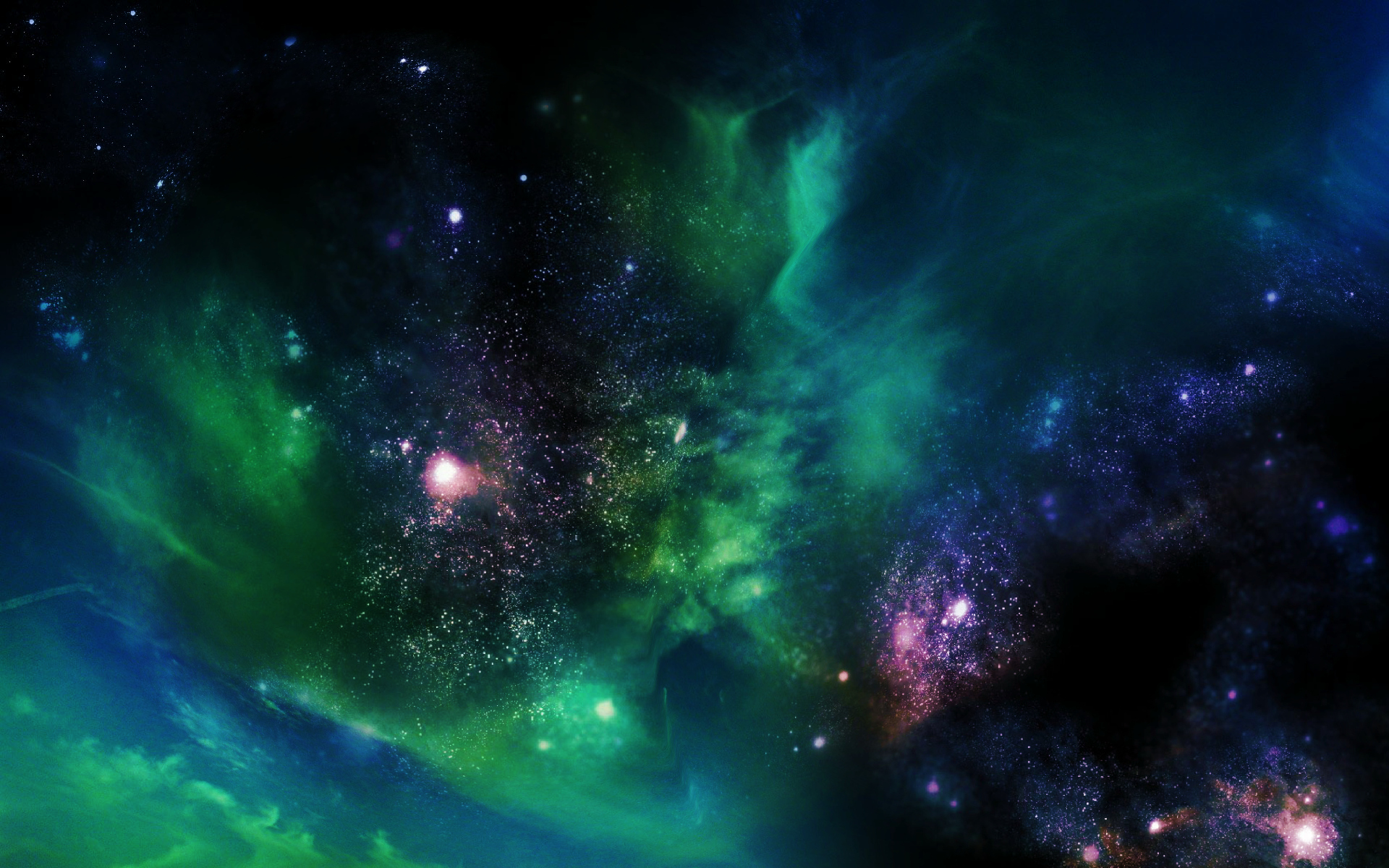
Previously undetected matter was found in the form of gas filaments between galaxies, which is a major step toward explaining the structure of the cosmos.

Fast radio bursts were first detected in 2001. Since then, astronomers have found a couple of dozen FRBs, but they still don’t know what causes these rapid and powerful bursts of radio emission.

Ultra-high-energy cosmic rays that occasionally hit the Earth may be coming from a distant source outside the Milky Way galaxy, a study suggests.

The most distant galactic magnetic field that has ever been observed provides intriguing clues about the evolution of magnetism in the unfolding universe.

Last year’s gravitational wave discovery may have felt like the end of an era. The discovery, instead, spawned an entirely new field of astronomy, and the results are finally starting to trickle in.

A new study by a team from US indicates that black hole mergers could be very common, which has implications for the study of black holes and gravitational waves.

Thanks to an amplified image produced by a gravitational lens, and the Gran Telescopio CANARIAS a team of scientists have discovered one of the brightest galaxies known.

Our galaxy could have 100 billion brown dwarfs or more according to a recent survey of dense star clusters

Analyzing a galaxy through a gravitational lens, astronomers obtained images 10 times sharper than Hubble could see on its own.

Astronomers have made the first detection of orbital motion in a pair of supermassive black holes in a galaxy some 750 million light-years from Earth.

A team of astrophysicists from UZH has simulated the formation of the entire Universe, producing a catalog that will help unlock the secrets of the "Dark Universe".

A presentation at the June 6th AAS meeting confirms that our galaxy is inside an enormous cosmic void, the largest one ever discovered.

The aging space observatory, which launched into low Earth orbit on April 24, 1990, kicked off this year's birthday celebration with some dazzling new views of a pair of spiral galaxies.

A team of astronomers in Canada used the space-bending effects of dark-matter to see the unseeable.
One particular goal of JWST involves observing some of the most distant events and objects in the Universe. Another goal is understanding the formation of stars and planets. This will include direct imaging of exoplanets.